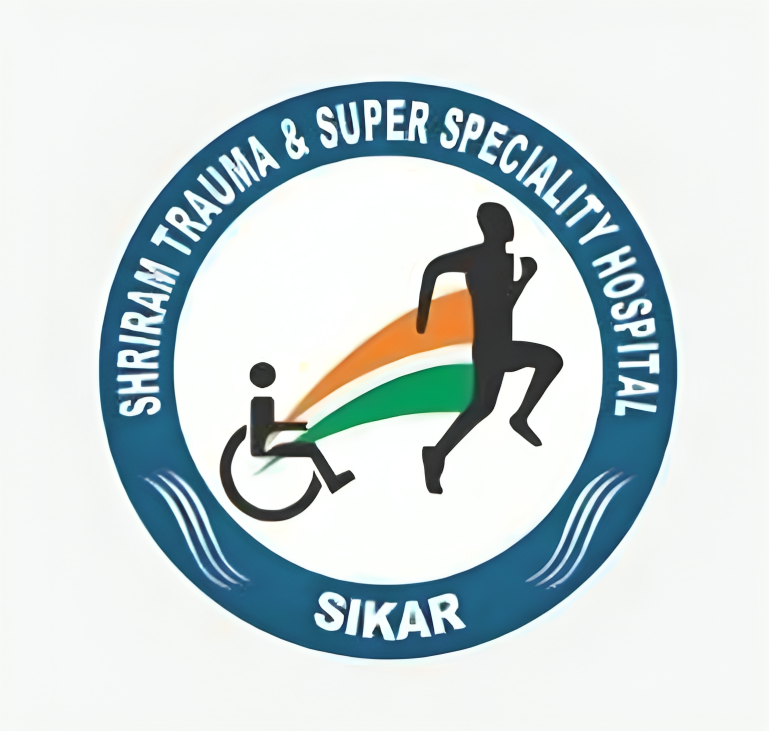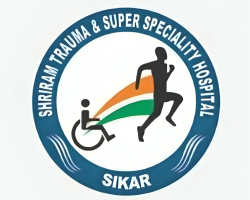A stroke, often referred to as a “brain attack,” can affect anyone, regardless of age or background, and occurs suddenly. It happens when the blood supply to a part of the brain is interrupted or reduced, preventing brain tissue from getting the oxygen and nutrients it needs. Without oxygen, brain cells begin to die within minutes. As a result, the functions controlled by the affected part of the brain—such as movement, speech, or memory—may be impaired.
The impact of a stroke varies depending on its location in the brain and the extent of the damage. For instance, a mild stroke might lead to temporary symptoms like slight weakness in an arm or leg, while a more severe stroke can cause lasting issues such as paralysis on one side of the body or difficulty speaking.
Recovery outcomes differ from person to person. While some individuals regain most or all of their abilities, more than two-thirds of stroke survivors are left with some level of disability that can affect their daily lives. Early medical intervention and rehabilitation are key to improving recovery chances.

HEMORRHAGIC STROKE
A brain aneurysm burst or a weakened blood vessel leak (hemorrhagic) is one of two types of stroke. While the least common of the two types of stroke it most often results in death.
ISCHEMIC STROKE
A blood vessel carrying blood to the brain is blocked by a blood clot (ischemic) is one type of stroke.
WHAT IS TIA?
When the blood supply to a part of the brain is briefly interrupted, it results in what is known as a transient ischemic attack (TIA), or a mini-stroke. This condition can cause temporary stroke-like symptoms that typically resolve on their own within 24 hours. Although the symptoms may disappear quickly, a TIA is a serious warning sign of a potential future stroke and should never be ignored.
Treatment
Stroke treatment varies based on the type and underlying cause of the stroke. For ischemic strokes, which occur due to a blockage in a blood vessel supplying the brain, a medication called tissue plasminogen activator (tPA) is often used. Administered through an IV, tPA works to dissolve the blood clot and restore blood flow to the affected part of the brain. This treatment is most effective when given within 3 hours of the first symptoms, though some eligible patients may benefit if treated within 4.5 hours. In cases where the brain begins to swell, a surgical procedure called decompressive craniectomy may be required to relieve pressure by removing a portion of the skull.
For a hemorrhagic stroke, which occurs when a blood vessel in the brain bursts and causes bleeding, treatment focuses first on locating and stopping the source of the bleeding. This may involve controlling high blood pressure, removing accumulated blood or clots, and surgically repairing the damaged blood vessel to prevent further bleeding and reduce pressure on the brain.
Thanks to advancements in modern medicine, stroke survival and recovery rates have significantly improved in recent years. However, quick identification and immediate medical intervention remain critical to achieving the best possible outcome.

